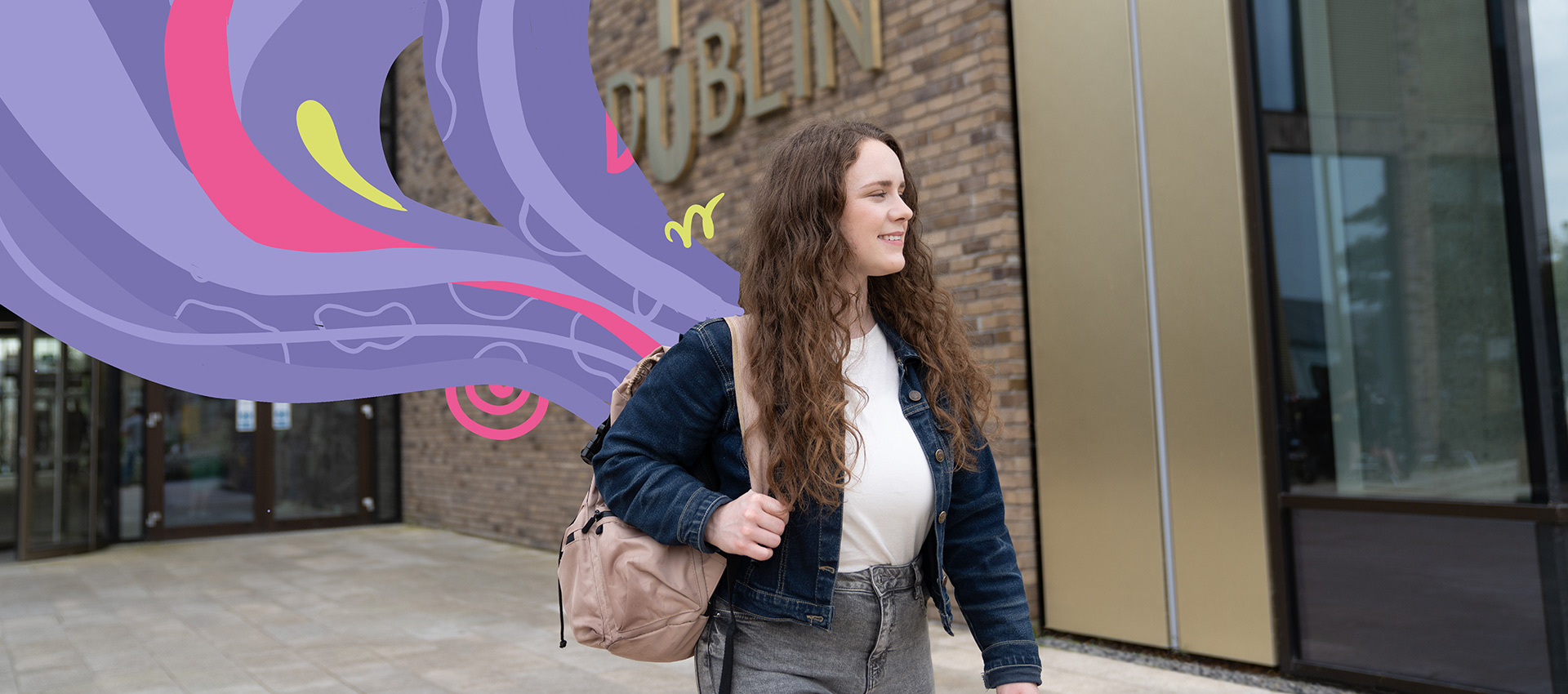The Major in Spatial Design has been developed specifically for the Arts programme borrowing relevant modules and principles from the BA Interior Design.
The Major in Spatial Design is an interdisciplinary programme that explores how space is shaped, experienced, and transformed through design. Structured around four central themes—spatial principles, sustainable design processes, technological integration, and collaborative innovation—this 80-credit Major offers a rigorous yet flexible curriculum. It encourages students to pursue complementary electives or additional majors in areas such as architecture, interior design, environmental science, or digital media.
Grounded in a arts context, the programme equips students with the skills to design environments that are not only functional and aesthetically compelling, but also socially responsive and ecologically responsible. Emphasis is placed on user-centred design methodologies, digital prototyping, and environmental systems thinking. From initial ideation to advanced modelling, testing, and evaluation, students engage with the full lifecycle of spatial projects. The programme also fosters critical awareness of cultural, ethical, and sustainability challenges through integrated theoretical study. In their capstone project, students apply spatial design thinking to create innovative, human-focused solutions to complex global issues.
ECTS Credits: 80
- Total Number of Mandatory credits to be taken (excluding the capstone project): 45
- Total Number of Optional credits to be taken: 25
- Total Number of Credits for the Capstone Project:10
What is the latest (semester) a student can select the Major:
Spring Recess 2nd Year
- CAD 1.1
- Ergonomics
- Proportion
- CAD 1.2
- Form and Space
- CAD 3
- Recreation 1
- CAD 4
- Commercial Domestic
- Perception and Colour
- Observation Drawing
- Design Illustration
- Construction Studies
- Virt. Env. Is One Life Enough
- Internal Structures
- Retail
- Design Communications
- Hospitality
- Digital Modelling
- Design Now
- Retail
- Universal Design
- Thesis Preparation
- Arts Capstone: Spatial Design
A major in Spatial Design offers students the opportunity to explore how space shapes human experience, behaviour, and well-being across a range of contexts—from interiors and public spaces to landscapes and urban environments. This interdisciplinary field combines creative thinking with practical and ethical considerations, focusing on the design of sustainable, inclusive, and responsive spaces.
Students develop a solid foundation in spatial theory, material systems, environmental psychology, and digital technologies. Through project-based learning, they engage in all stages of the design process, from research and ideation to modelling, prototyping, and evaluation. The major also emphasises the development of transferable skills such as critical thinking, innovation, emotional intelligence, and collaboration.
The capstone project challenges students to address real-world issues—such as climate resilience, accessibility, or social equity—through design. In doing so, they learn to see spatial design not only as a creative practice but also as a powerful tool for social and environmental change.
Graduates are well prepared for careers in interior and urban design, exhibition design, environmental consultancy, and related fields. A major in Spatial Design equips students to design with intention—creating spaces that improve lives and contribute to a more just and sustainable future.
Graduates of this course could find themselves
- Working in Interior Design or Architecture practices that rely fundamentally on Spatial studies
- Pursuing postgraduate studies in design related programmes such as the MA in 3D design in the School of Art & Design
- Working in theatre and stage design
- Working in the Kitchen Design and Home Furnishings industries
- Working in Experiential Design, where the goal is to create memorable and engaging spaces.
- Working in the numerous industries that rely on an awareness of Spatial Design.
- Working in Healthcare where Spatial design can play a crucial role in creating healing environments that reduce stress and promote patient well-being.

